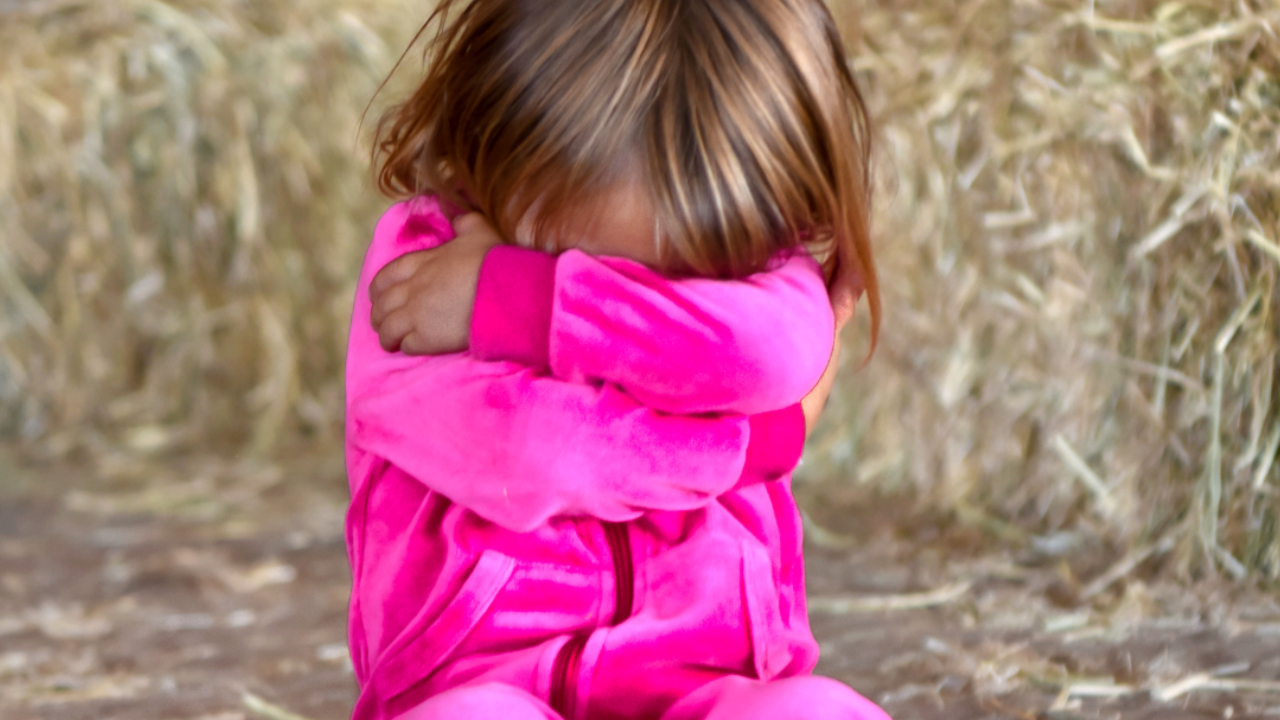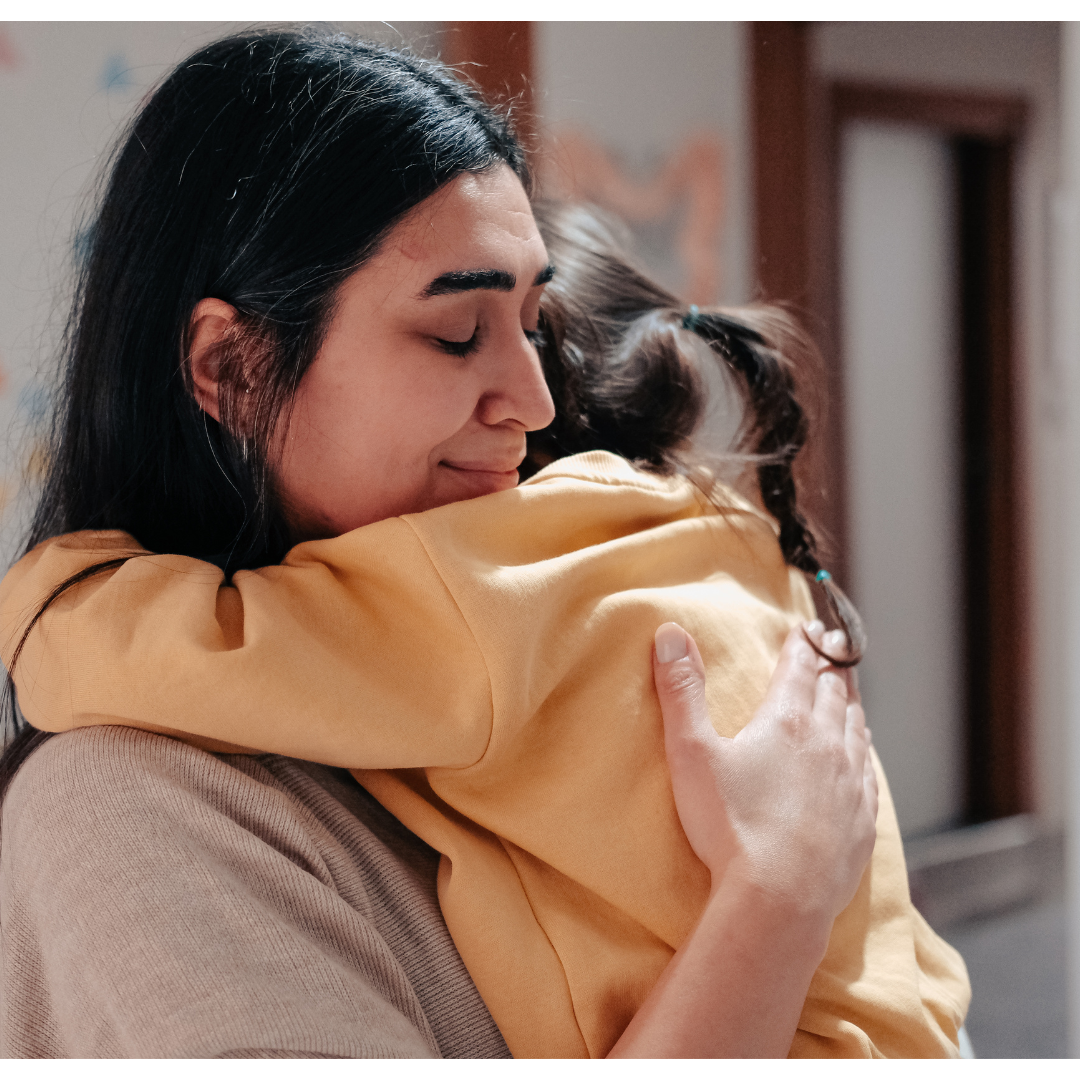A magic solution for big feelings in little (and not so little) kids

On some days it can feel like you are walking on eggshells.
Your child is struggling, you are struggling and feels like if you make one wrong move, like giving the wrong-coloured cup or peeling a cheese stick when your child wanted to "do it myself” - and BAM you’ve ruined your child’s day.
Kids have big feelings, and in case you are worried it’s just your kid?
I promise you, it’s not.
Little kids and BIG kids all experience big feelings because their brains are still developing. Essentially when these big feelings build up and children lack key skills manage this in a way that looks resilient.
Put simply, their brains are still developing and the pre-frontal cortex that helps them be reasonable, rational and regulated is not fully developed until well into your child’s mid 20’s. (Yep, you heard right!)
Tantrums and meltdowns are normal and healthy. Tantrums and meltdowns are not a choice our children make, but a state of emotional dysregulation that is beyond the control of our kids. Getting into this state is never our child's first choice.
So how can we help children with all these emotions?
While there is no magic solution that will prevent big feelings from happening for your toddler or child (and we wouldn’t want that anyway because they need these to develop their brain) there is a magic solution that helps children learn to ride though big feelings.
And I promise you, it is magic, and it works like magic and it’s this:
Accept them.

You might be thinking…. 'UM not my child. You don’t know how big these feelings are'....
But here is the thing:
Acceptance works better than any other intervention both short AND long term to build resilience.
Truth be told we can spend so much time and energy distracting or avoiding our kids big emotions and yet one of the best ways to express this is stopping to let your child know: “you are not ok, I am here”.
I know, simple right? Only it’s so much more complex than that.
Because as parents, we feel uncomfortable when our kids are uncomfortable, and there are two main reasons for this:
Firstly, as a society we are really uncomfortable with sadness: When a baby cries, we distract with a toy or we say “don’t cry”. When a toddler falls over, we say “You’re ok” or “dust it off”
Secondly, we are uncomfortable with the feelings our parents were uncomfortable with.
A lot of how comfortable we feel with emotions in our own kids is informed by how these emotions were welcomed in our family of origin. If our own parents distracted us from our feelings, or felt uncomfortable when we were mad, scared or sad, then we will probably struggle with these same emotions when they happen in our kids.
Most of our parents were uncomfortable when we had big emotions because their parents were too. We may have been told “go to your room and come out when you are calm” as a result we learned we just don’t “do’ this sadness / anger / shame stuff and then as parents ourselves when our kids are expressing big emotions we go into flight, fight or freeze.
The good news is it’s never too late to change how we respond to the emotions in our own kids. When we do this even just some of the time, we are able to change our relationship with our child.

What kids need and want, and ultimately what we all want as humans is to feel seen and heard. To know we are not alone with these feelings.
Our kids actually want the same thing we want when we tell our partner we’ve had a really tough day. We all know that usually we don’t want advice, or a lecture, and we certainly don’t want to be told to ‘calm down’ or 'it's not that big of a deal'….we want our partner to listen.
We want our partner to say:
“That sounds really tough”
Essentially, we need to “name it to tame it” and what that means is we help out child process their big feelings in the brain by talking out loud about what’s happening for them. This technique was first identified by Dr. Daniel Siegel, a psychiatrist, writer, and professor and it’s backed by science that talking about feelings helps the brain to process them.
This is easy enough if our child is a bit upset with a scratch on the knee, but when our kids are really melting down, we need to make sure we do a few extra things, to keep ourselves from also melting down, and slow everything down a bit so that our child is able to hear us.
Let’s imagine you are in the kitchen with your child. They asked for a cookie and you said no because you are able to serve dinner. Your child is now melting down and maybe you are wondering…. Ok what next?
This is your game plan:
Get down low
Advice you might remember from your fire safety training as a child, but it applies to meltdowns too.
Getting lower allows you to connect with our child, to meet them where they are both physically and emotionally. It tells them “I am here with you”.
Sitting on the floor will also help ground your own emotions. It helps you to face the tough job of regulating yourself.
Once you are there your job is to lend your child your ‘calm.’ We model this through taking a deep breath, calming our face, or reminding yourself that ‘you’ve got this’.
Tip: Open your palms to show you are open to the emotions and be ready to listen.
Name it to tame it
Now you want to help your child wrap some words around their big feelings.
Talking out loud about the wish or the want our child has helps them know we get it. That their feelings are real. Think of yourself like a commentator, not an adjudicator. You can name what happened and how your child looks and sounds, and what this tells you about how they are feelings.
Timing matters here. Remember that if your child is really distressed you need to simply be with them until they are more ready to hear your words. For some kids saying less words and just being a strong and calm presence is all they need.
Tip: try saying out loud what happened:
“You wanted that cookie so much! I can tell you are so sad, because you are crying. It’s so hard when mummy says no, I hear you.”
Firm and kind leader
These moments when our child is very upset can lead to our child needing us to take charge. A child crying on the floor is something we ride though with them, however if they begin to hit, or kick us – they are letting us know they need us to help contain them and their big feelings.
The goal is to balance being firm and in charge, with remanning calm and empathetic. It might sound like this:
“I know, you want the cookie so much…..but we are done with cookies for today….
No, I won’t let you hit me, you can be mad, but I won’t let you hit."
Tip: Remember that kids go well when they can, and when your child is hitting or hurting themselves, others or your property they are dysregulated need your help to stop.
Be ready for connection
Before we can teach or train, before we might educate on better ways to communicate our child needs to feel connected. We might hold a hug with them or soothe them until they feel settled.
Tip: Be as close to your child as they will allow and looks for cues, they are ready for a hug or for some physical soothing. Hang in there until they are calm.
Remember, you don't have to always nail this!
There isn’t a parent on earth who loves it when their child is upset.
These moments are challenging and keeping ourselves calm and present is one of the hardest parts of parenting for most of us.
Big feelings are hard for our kids but also for us, so be kind to you as you get ready to help your child. Admitting these moments are hard for us, and allowing space for not always nailing it helps a lot.
Evidence shows that we don’t need to do this perfectly, and aiming to be with your kids feelings around 30-40% of the time is a ‘good enough’ amount to aim for. Much like a muscle you exercise in the gym, this practice takes time to feel comfortable and we need to be kind to ourselves as we learn to sit in these emotions alongside our children. We are learning, as they learn.
There is no magic wand for parenting big feelings, but the ability to be with big emotions comes close to helping things to feel and go better in these big feeling moments.

